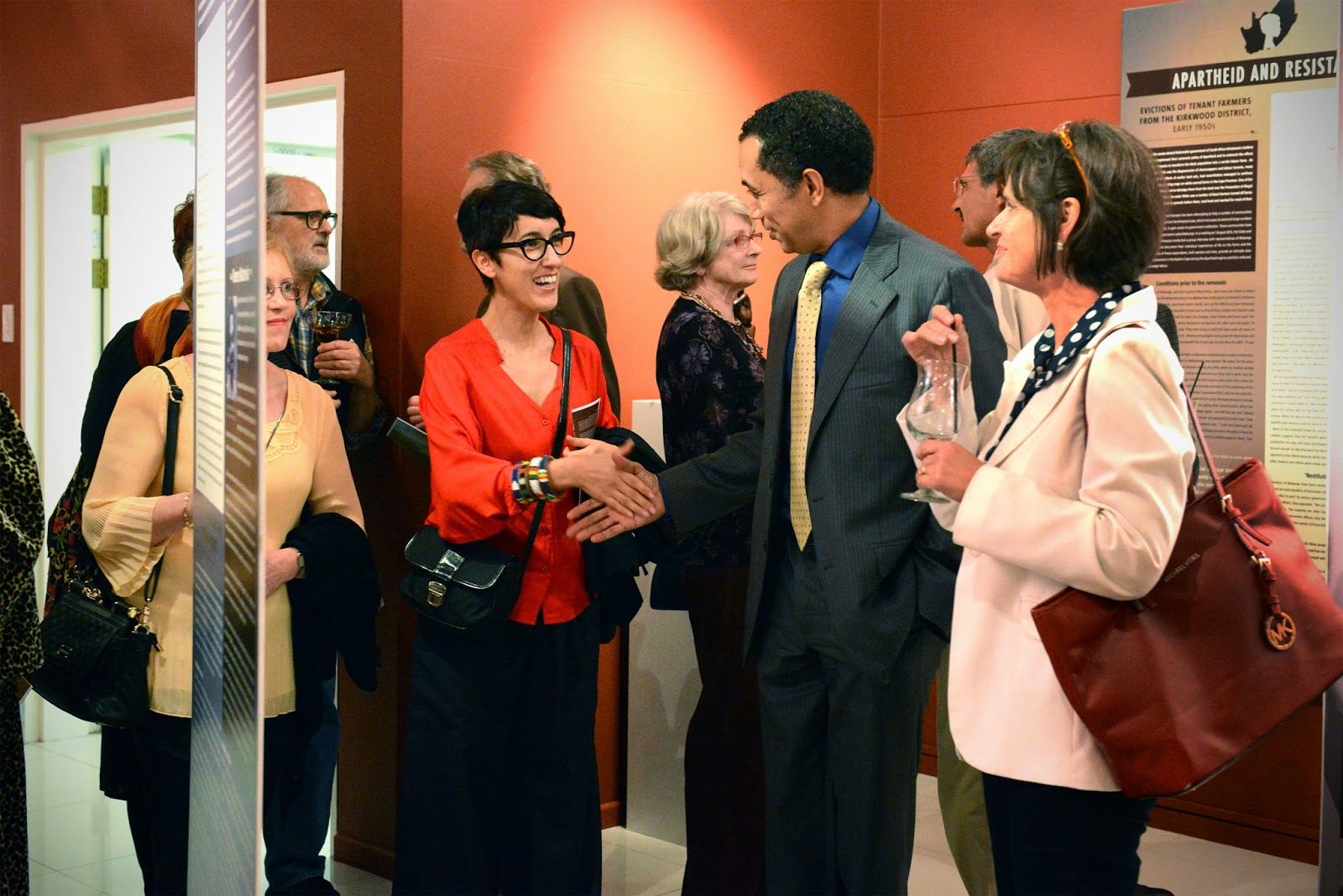 |
| Calling all matrics ... don't procastinate |
An antiquated “hear ye” is unlikely to do it, but we need to use whatever tactics, communication platforms or gimmicks we can to ensure matrics and other prospective students get the message.
That message:
- Applications to study at Nelson Mandela Metropolitan University in 2015 close on 5 December.
- Online applications close on 30 November
- Failure to get your name into the system by then means you are likely to miss out on the opportunity of joining us next year.
Please share this news. Call your friends, text them, nag them, do cartwheels, shout it from the rooftops at Plett Rage, but please, please, please ensure that they know that 5 December is the late application deadline.
Far too many matrics lose out every year because they naively wait until receiving their final marks. This is too late.
Indeed, many of the 450 programmes offered by NMMU are already full (see list below).
You need to apply now (it will cost you R360) if you are to give yourself any chance of studying at NMMU in 2015.
The University has already received more than 39 000 applications and provisionally accepted more than 7 000 students. NMMU can only take about 6 000 new first years.
You do the math.
You need to get into the system – with a provisional student number - by 5 December to give yourself any chance of becoming a Madiba next year.
Here are some pointers to help you with the application process:
· Download a form from our website (www.nmmu.ac.za), print it out, complete it and either fax it back or personally deliver it to the university by 5 December.
· You can go straight to online applications
www.nmmu.ac.za/apply· If you need further guidance call our contact center on 051 5041111.
The application process is such that you will receive a student number which you can track to see how far you are in the system.
Apart from meeting the deadline with all the right documentation (school marks, a copy of your ID etc.), you also need to be real about your marks. Don’t apply to study Pharmacy, for example, if your Admission Point Score (APS) is presently 10 points below what is required for that degree.
But whatever you do, do not delay.
Get your application into the system before 5 December.
And do not consider the following “full” programmers as your first choice:
1. ND: Inventory and Stores Management
2. ND: Public Management
3. BTech: Public Management
4. ND: Agricultural Management
5. ND: Nature Conservation
6. ND: Agricultural Management Extended
7. BTech: Agricultural Management (George Campus)
8. BTech: Nature Conservation
9. BTech: Forestry (Full-time)
10. BTech: Radiography
11. ND: Logistics (Full-time)
12. BPharm
13. ND: Engineering: Civil
14. HCert: Business Studies
15. BTech: Management (Full-time)
16. ND; Forestry Extended
17. ND: Information Technology: Software Development
18. Bachelor of Social Work (BSW)
19. ND: Logistics Extended
20. ND: Sport Management
21. ND: Game Ranch Management (George Campus)
22. Bachelor of Radiography (Brad)
23. ND: Human Resource Management (Full-time)
24. ND: Human Resource Management Extended
ND stands for National Diploma; BTech is the equalivalent of degree - your fourth year after completing a diploma; HCert is Higher Certificate and B is for Bachelor (a degree).
We look forward to welcoming you to NMMU next year … just get those applications in.

















































